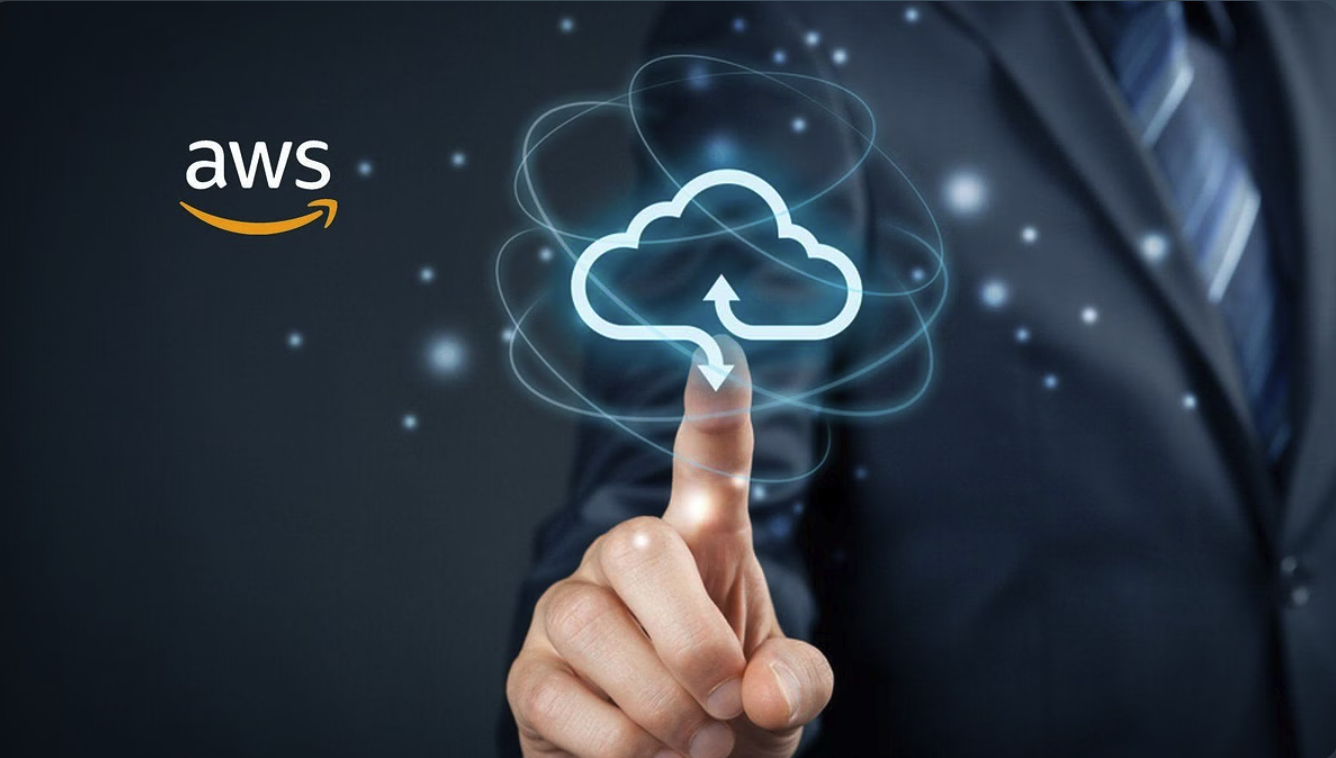The dynamic impact of transitioning to the Cloud for the Security services sector.
The integration of new capabilities in security through the REALVIEW NOW software.
In the world of security, data is the 'new gold', and its transformation into 'information' makes it invaluable. This data forms the cornerstone for understanding threats, preventing risks, making informed decisions, and presenting it as evidence in a crime.

On the other hand, the rise of the Internet of Things (IoT), which certainly includes sensors, but also cameras, microphones, all kinds of drones, as well as apps in the hands of billions of people, has skyrocketed both the volume and variety of available data, creating two opposing sides:
On one side, an unprecedented opportunity to enhance security, both for property and for human lives, through making timely and valid decisions.
On the other side lie various risks, such as the violation of personal privacy and the intrusion into property via these IoT devices, if the appropriate measures are not taken.
The simple collection of data is not enough. To fully harness the potential of IoT, we need a strategy for processing, analyzing, and visualizing this data in a meaningful and usable way. This can be referred to as "perception". The capability a security company must possess in order to carry out its mission accurately and protect its customers.
Usually two departments perform such a purpose and these are the Security Operations Centers (SOC) or the Internal Quality Control (IQA). Both require large amounts of data, as quickly as possible, and of course, the perceptive capability to combine it effectively.
By analyzing the factors behind the question, “Is it necessary for a SOC to transition to the cloud?”, we outline the sequence below.
The challenge:
- Data volume: Collecting and storing data from IoT devices can be costly, creating issues related to connectivity and expenses.
- Data quality: Data from IoT devices can be incomplete, requiring advanced techniques to extract reliable information or even the combination of two or more IoT systems. For example, if a smoke detector is triggered, a temperature sensor and possibly a nearby camera may be used to cross-check whether it’s a fire or a technical malfunction.
-
Visualization: Converting complex data into comprehensible formats, such as graphs and charts, is essential for making immediate decisions.
Often, there is also a demand for decision automation, where an instruction is executed without human authorization. For example, in the event of a flood in a building, the main water supply should be automatically shut off.
The solution:
By investing in data analysis solutions, either in real time or through predictive prevention models, SOCs can overcome these challenges and transform data into valuable information, and their perception into meaningful support for their clients.
The benefits:
• Improved threat detection: IoT data analysis can reveal suspicious behavior and anomalies in real time, allowing for timely detection.
• Preventive action: Monitoring the condition of IoT systems can identify potential issues before they cause incidents or damage, saving time and money.
• Enhanced decision-making: IoT data can provide valuable insights for risk assessment, resource prioritization, and informed decision-making to support management efforts.

Technology:
Every day, new threat methods put security at risk. In this environment, Artificial Intelligence (AI) is emerging as an essential tool for addressing these challenges.
While full automation through AI may still seem distant, the value of integrating it into security is already undeniable. By combining AI with Cloud and IoT, we create a powerful trio that strengthens security.
The power of the Cloud:
The Cloud initially offers a secure infrastructure to host the central systems of a SOC. Even today, many SOCs use on-premises systems without having adequately assessed the risks they face, both due to the ease of physical access to the central systems' location, and more importantly, because their network infrastructure is less equipped to handle cyberattacks compared to that of a cloud provider.
Developing algorithms and AI models is a costly investment when carried out within on-premises infrastructure.
With the Cloud, a SOC’s decision-making capabilities and automations can be easily adapted to the needs of its clients. Only the necessary energy is consumed at any given moment, while infrastructure is always available to handle additional instant demands in case a major event arises. In the Cloud, you can truly achieve the required system power and flexibility in usage.
At Almooond, through our ability to develop software that accurately captures data, the Cloud enables us to fully scale the capabilities of a SOC. We understand the value of data and the impact it has every single second. That’s why we ensure that management has access to all the necessary tools to assess the consequences of decisions made at the Security Operations Center, whether those decisions are right or wrong.
The goal is to create a perfectly connected chain of information, with a clear chronological sequence. If a link is missing, our technology can provide clear answers as to "why."
We have chosen AWS as our Cloud partner because we found that it meets all the needs of a SOC, in infrastructure, security, technology, and certifications.
Going beyond the limits of a simple cloud platform, AWS is evolving into a cutting-edge technology capable of meeting the most complex security requirements, offering over 100 services, 40 of which are focused on the security sector. Additionally, it leverages IoT methodologies, backups, video surveillance, analytics, real-time transmission, temporary storage, and database integration.
AWS is an ecosystem spanning 33 regions worldwide and growing, with 105 data centers. Its global reach and state-of-the-art infrastructure ensure uninterrupted operation for any SOC.
